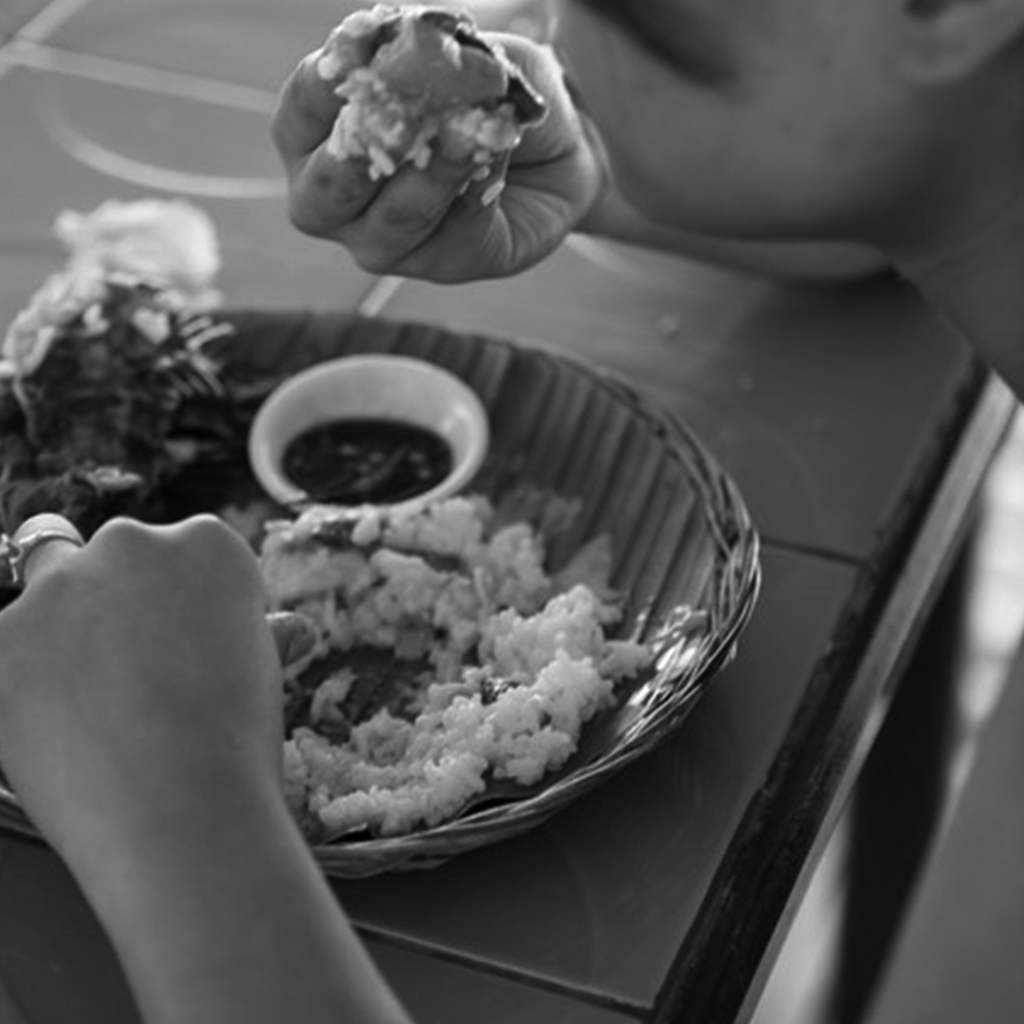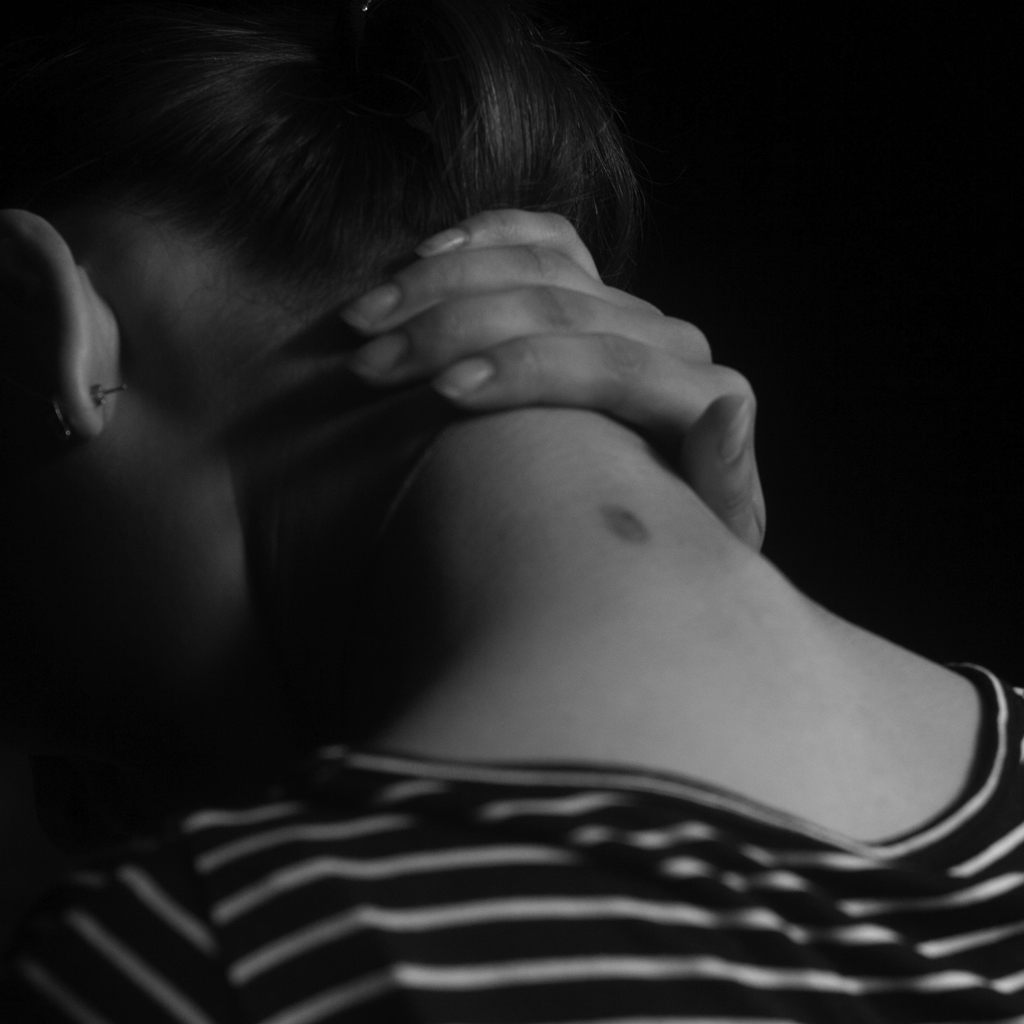A lot of weddings in the Philippines are lavish and glamorous. Being the most important day for the bride and the groom, everything should be perfectly executed and beautifully done. Yet being a predominantly Christian nation, the Filipinos have infused their wedding ceremonies with Christian rites, with several traditional beliefs instilled in the ceremony.
A long list of godparents are usually prepared by the couple to serve as the witnesses to their wedding. Traditionally, they would invite the highest authority in their locality to stand as their primary sponsors. The entourage of the wedding will also be prepared.
The Ceremony Customs
Before the wedding ceremony, the bride and the groom are prohibited to see each other. A popular superstition, meeting each other before the wedding would have its repercussions. They arrive the Church separately, and are forbidden to see each other.
The ceremony begins with the groom walking down the aisle with his parents, followed by the entourage and the godparents. Clad in white, the bride is the last to enter the Church with her parents. Everyone greets the dazzling bride with a thundering applause. When the bride has reached the altar, the groom would ask the hand of the bride from her parents, a subtle symbol of the bride communing with the groom through matrimony.
In Catholic ceremonies, the wedding is done during a Eucharistic celebration. Other ceremonies usually follow the traditions of their religion. While other couples would want to be married under the court of law.
The Wedding symbols
The presence of wedding symbols in any wedding ceremony in the Philippines is widely accepted. These symbols are carried by bearers, or are placed by the secondary sponsors who are part of the entourage.
The ring symbolizes commitment to each other, its shape a symbol of eternity. Names of the couple are usually engraved on each other’s ring. One of the most important parts of the ceremony, the bride and groom exchange their vows and slips the ring on each other’s right ring finger.
An arrhae is composed of 13 unity coins which symbolizes prosperity. This symbol has rich Spanish roots, taking into consideration the fact that Filipinos have long been colonized by Spain. The symbol is given by the groom to the bride to symbolize the groom’s dedication to his bride’s welfare, and his promise to provide for the needs of his future family.
The lighting of the candles symbolizes the presence of God in their married life. The candle also reminds the couple of their baptism.
A veil is also embedded on to the married couple as a symbol for uniting the couple into one, signifying their vow to cherish and protect each other. The veil is placed over the shoulder of the groom and the head of the bride.
Finally, a cord is placed over the couple’s head and rests on their shoulders. This symbolizes the binding of the couple, and to symbolize the eternal unity of the two, till death do they part.
After the ceremonial placing of symbols, the rest of the Eucharistic celebration continues.



No Comments